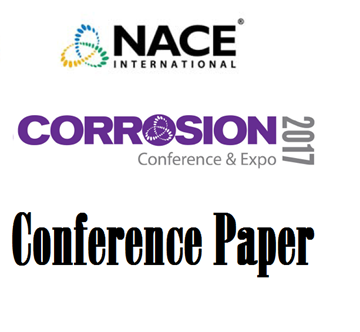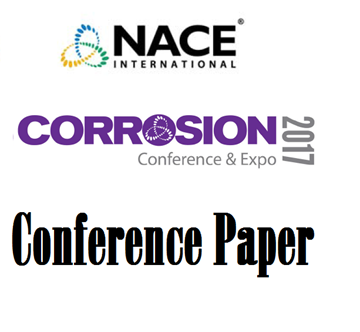Search
Products tagged with 'fatigue crack growth rate'
View as
Sort by
Display
per page
Effect of Dissolved Oxygen on Fatigue Crack Growth Rate of Low Alloy Steels in Saltwater with Cathodic Protection Environment
Product Number:
51323-18913-SG
Publication Date:
2023
$20.00
Environmentally Assisted Cracking Of Nickel Based Alloy 955 In Saltwater With Cathodic Protection For HPHT Application
Product Number:
51322-17768-SG
Publication Date:
2022
$20.00
Environmentally Assisted Cracking Susceptibility Of Nickel Based Alloy 955 In A Sour Wellbore Fluid For HPHT Application
Product Number:
51322-17766-SG
Publication Date:
2022
$20.00
Fatigue and Static Crack Growth Rate of Cr-Mn Stainless Steel in Aerated Brine Simulating Drilling Applications
Product Number:
51323-19152-SG
Publication Date:
2023
$20.00
Fatigue And Static Crack Growth Rate Study Of X-65 Line Pipe Steel In Gas Transmission Pipeline Applications
Product Number:
51321-16721-SG
Publication Date:
2021
$20.00
Fatigue Crack Growth Rate Behavior of Welded Line Pipe Steel in Sour Environments
Product Number:
51317--9200-SG
ISBN:
9200 2017 CP
Publication Date:
2017
$20.00
Investigating Fatigue Crack Growth Rate of Ferritic Steels in High Pressure Hydrogen Gas
Product Number:
51324-20692-SG
Publication Date:
2024
$40.00
Role of Crack Tip Strain Rate on the Fatigue and Fracture Behavior of Line Pipe Steel in Sour Environments
Product Number:
51317--9203-SG
ISBN:
9203 2017 CP
Publication Date:
2017
$20.00
Stress Cracking and Fatigue Resistance of Seamless Pipes for Hydrogen Storage and Transport Applications
Product Number:
51323-19050-SG
Publication Date:
2023
$20.00
The Effects of Additive Manufacturing on the Hydrogen Embrittlement of Alloy 718
Product Number:
51323-19358-SG
Publication Date:
2023
$20.00










